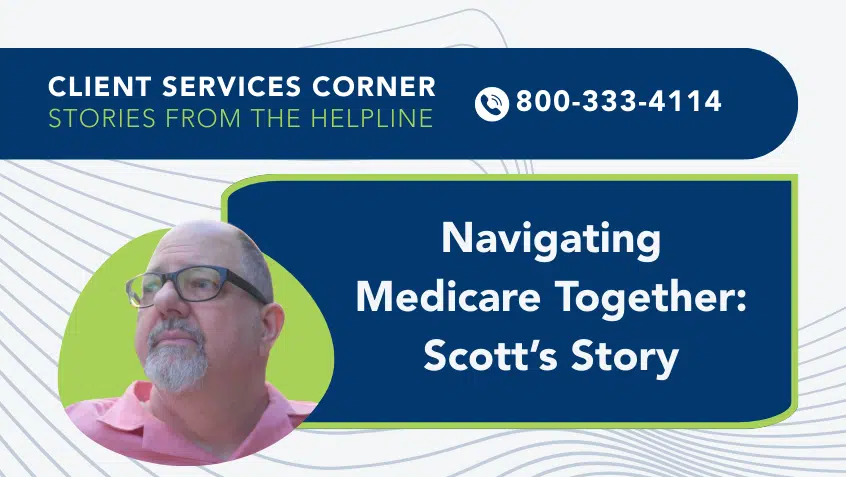Join Us Live for a Discussion on Medicare, Democracy, and the Future of Health Care
New Report Examines Impact of Price Transparency on Health Care Costs

In a new report, the Kaiser Family Foundation (KFF) examines the potential impact of new transparency rules on consumer behavior and market pricing. The authors find that although increased transparency may not immediately reduce costs, it could inform future policymaking that does.
Generally, health insurers and providers negotiate prices for services and products. These negotiated prices have typically not been publicly available, so consumers often do not know how much they will be charged until after they receive care and the associated bills.
The newly finalized rule seeks to change that by enabling consumers to estimate their costs and comparison shop prior to receiving a service. Most health plans and insurers in the individual and group markets will be required to provide cost-sharing information to enrollees by 2024 and to publicly release negotiated rates for in-network providers, historical out-of-network allowed amounts and billed charges, and drug pricing information beginning in 2022. These changes are part of a larger effort from the Trump administration to increase transparency.
KFF notes that “proponents of price transparency initiatives argue that by making prices public, health systems will face pressure to lower prices to compete for consumers shopping for health services, and insurers will face greater pressure to negotiate discounts. While there is general agreement that patients should have access to information about what they will be charged for care, some experts disagree on whether the mechanism of transparency is an effective tool to curb rising costs.”
The rule’s efficacy in helping consumers access lower-priced care or lead to lower pricing depends on a variety of factors, including how providers, purchasers, and payers respond, and the degree to which consumers can make informed choices based on price transparency data that may be confusing. Some may not even know it is available, and those who do may not be able to act on it, due to provider network restrictions or the unplanned nature of the needed care.
While it is unclear whether these transparency initiatives will lead to decreased prices or consumer savings, KFF notes that “greater transparency could shine a spotlight on the cost of health care generally in the U.S. and on specific providers or communities where prices are especially high, helping to galvanize and inform future policy action.”
Medicare Rights agrees with the need for greater pricing transparency. However, we caution against using it as a standalone strategy to lower health care and prescription drug prices. People with Medicare struggle to afford medications not because they are not smart shoppers, but because drug prices are astronomical. No amount of savvy comparison shopping can make a $100,000 medication cost $10. We look forward to working with the Biden administration and Congress to identify and advance systemic reforms that will meaningfully lower costs for individuals and programs.
Read the report, Price Transparency and Variation in U.S. Health Services.
Show Comments
We welcome thoughtful, respectful discussion on our website. To maintain a safe and constructive environment, comments that include profanity or violent, threatening language will be hidden. We may ban commentors who repeatedly cross these guidelines.
Help Us Protect & Strengthen Medicare
Donate today and make a lasting impact
More than 67 million people rely on Medicare—but many still face barriers to the care they need. With your support, we provide free, unbiased help to people navigating Medicare and work across the country with federal and state advocates to protect Medicare’s future and address the needs of those it serves.
The Latest
Most Read
Add Medicare to Your Inbox
Sign up to receive Medicare news, policy developments, and other useful updates from the Medicare Rights.
View this profile on InstagramMedicare Rights Center (@medicarerights) • Instagram photos and videos









